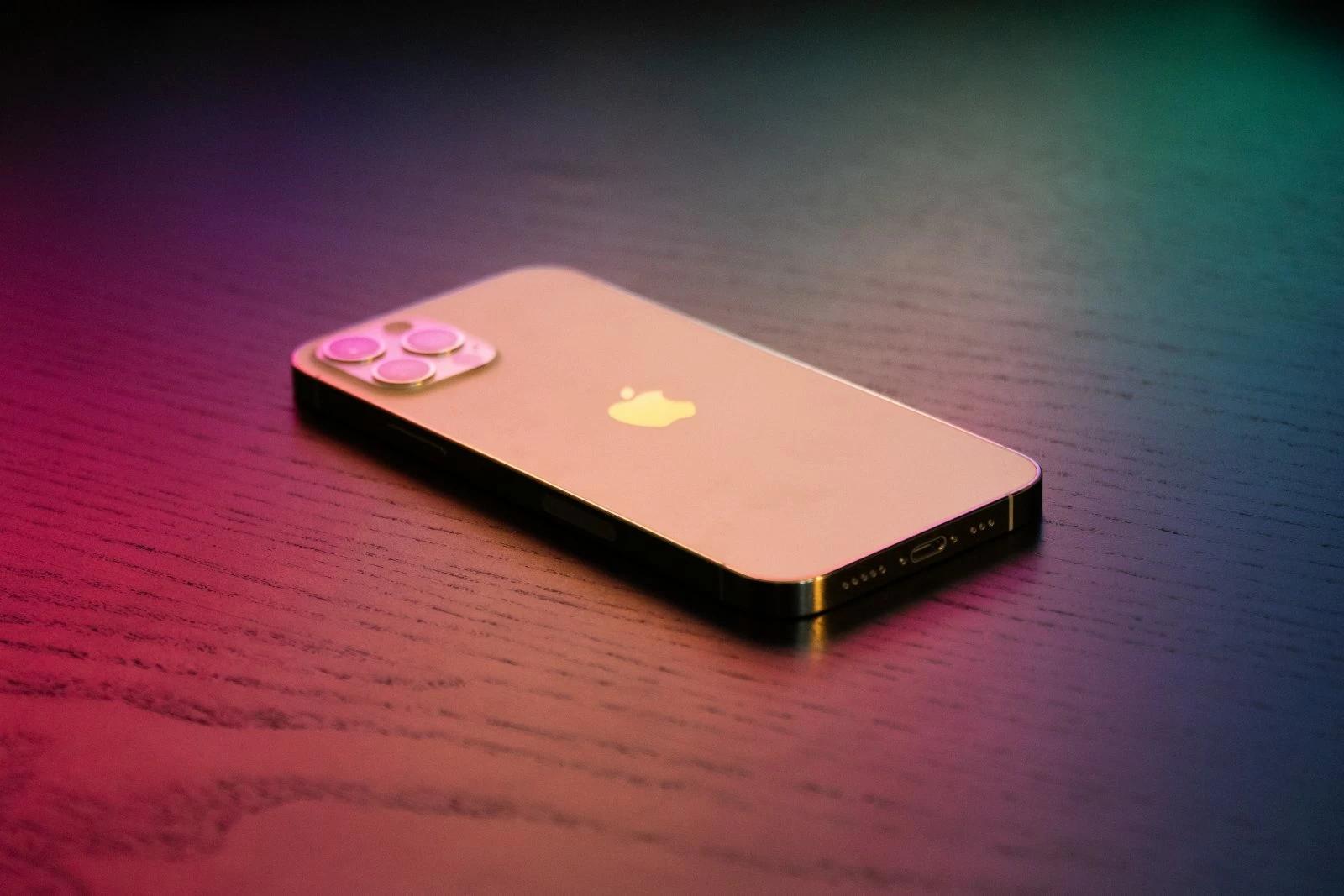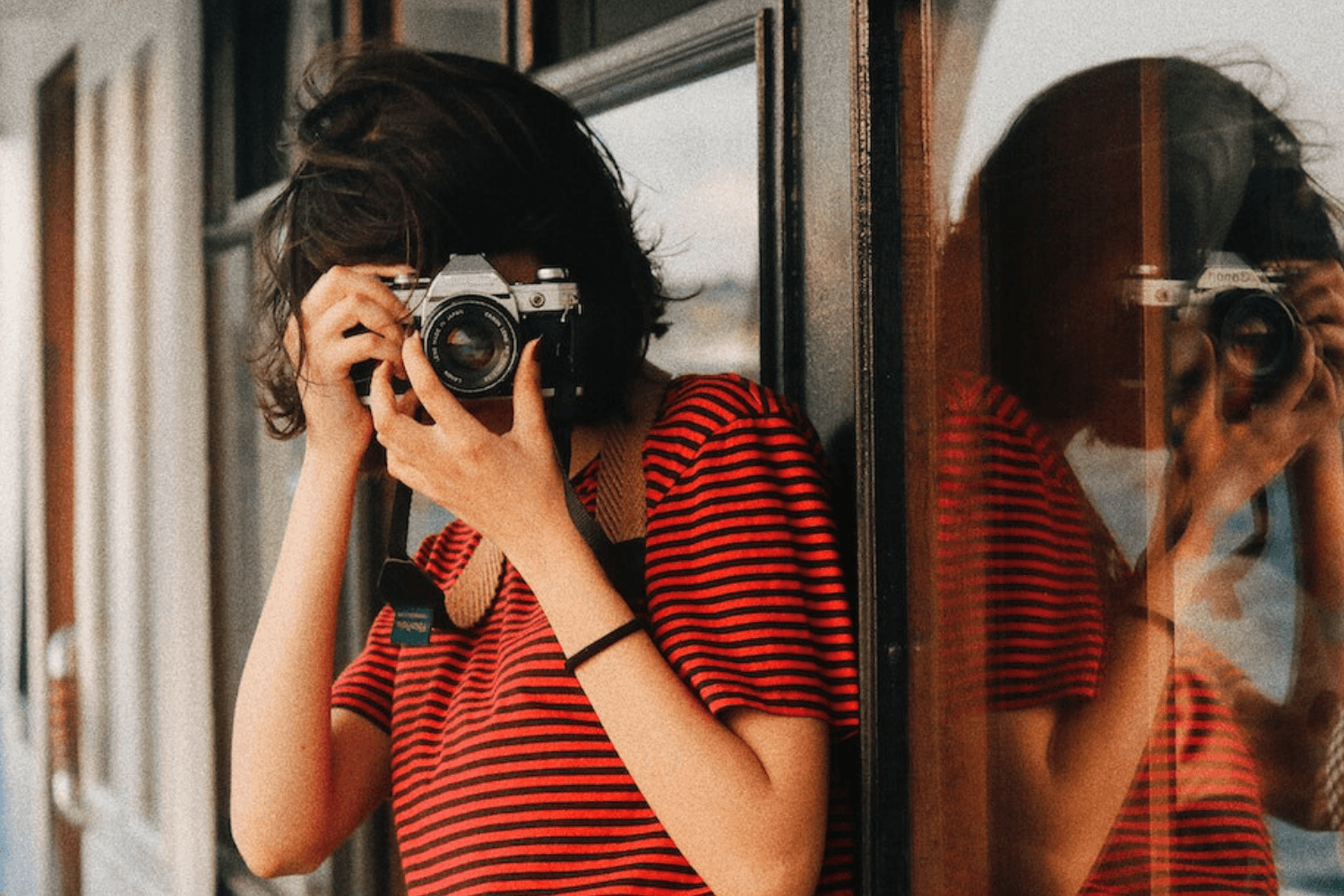All About Lenses - 10 Pro Tips
Yvan Cohen
Mon Sep 13 2021
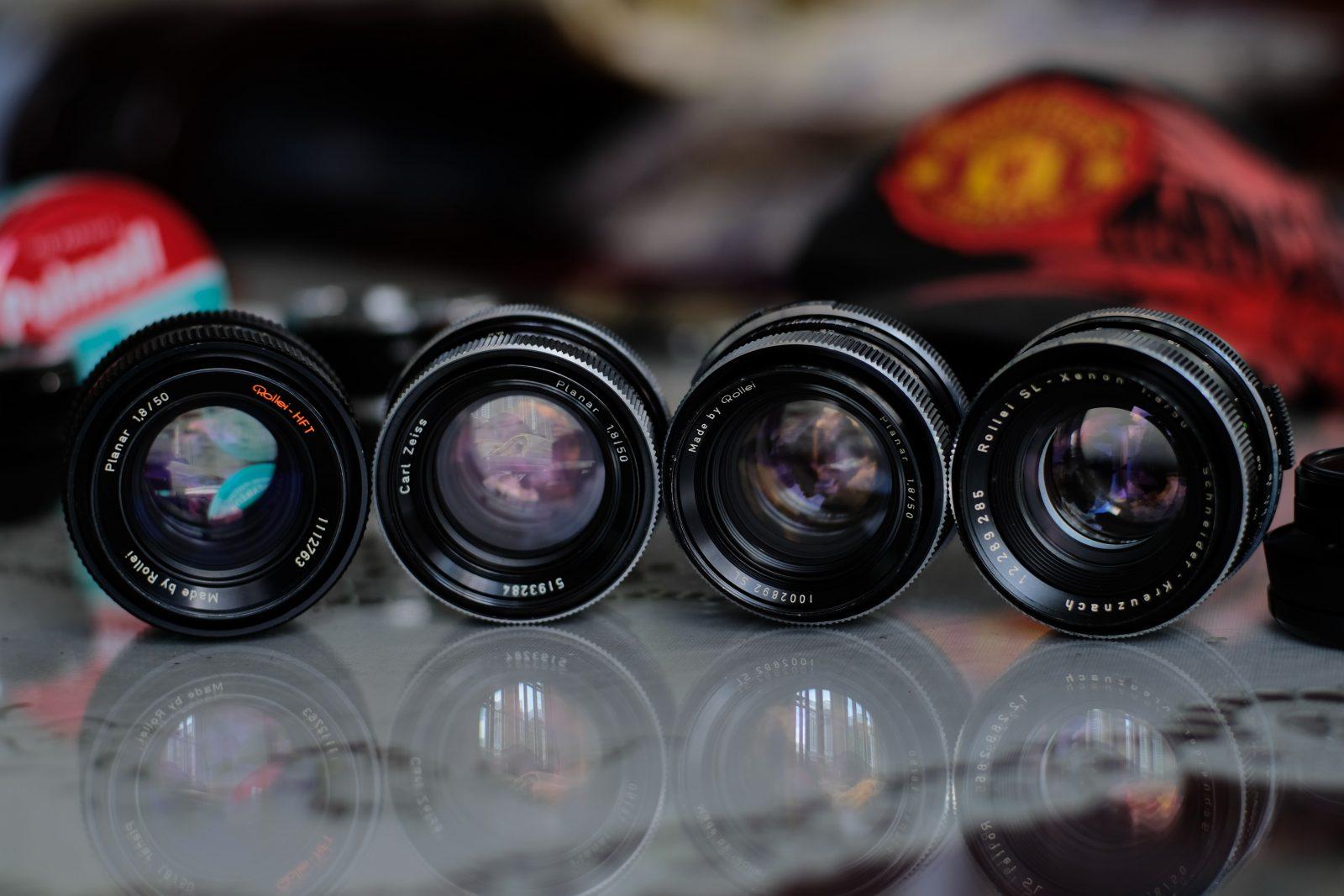
If you think choosing a camera is hard, try thinking about lenses.
Most of us will choose just one camera body to work with, but then there’s the question of which, and how many, lenses you’ll need, how they’ll match your kind of work and how much you should pay for what level of quality.
You could compare it to buying a sound system. If the camera body is the amplifier, the lens is like the speakers. Just as there’s no point matching a great amplifier with a cheap set of speakers, so it goes with cameras. Investing in a top end camera body only to pair it with a low quality lens, is unlikely to yield satisfying results. Unsurprisingly, the adage ‘you get what you pay for’ almost always runs true.
In this article I’ll lay out 10 tips to help you choose what kind of lens you should purchase, how many lenses you’ll need and how to look after your gear, while giving you some pointers when it comes to thinking about the balance between price and quality. We’ll also include some tips on buying second hand.
1. Zoom or fixed?
There’s no right answer to the question of whether you should be using a zoom or fixed lens.
You might consider a zoom lens if you want to save money or just carry fewer lenses. The beauty of a zoom is that it’ll do the job of several lenses, saving the cost of buying multiple fixed focal length lenses and cutting down on the weight in your bag. The most versatile zoom lenses are those that range from a wide 24mm to medium telephoto (70mm or 105mm).
The beauty of a zoom is that it gives you the freedom to compose and crop your image without changing lenses and sometimes without even moving. You could call it lazy or just convenient, depending on your viewpoint.
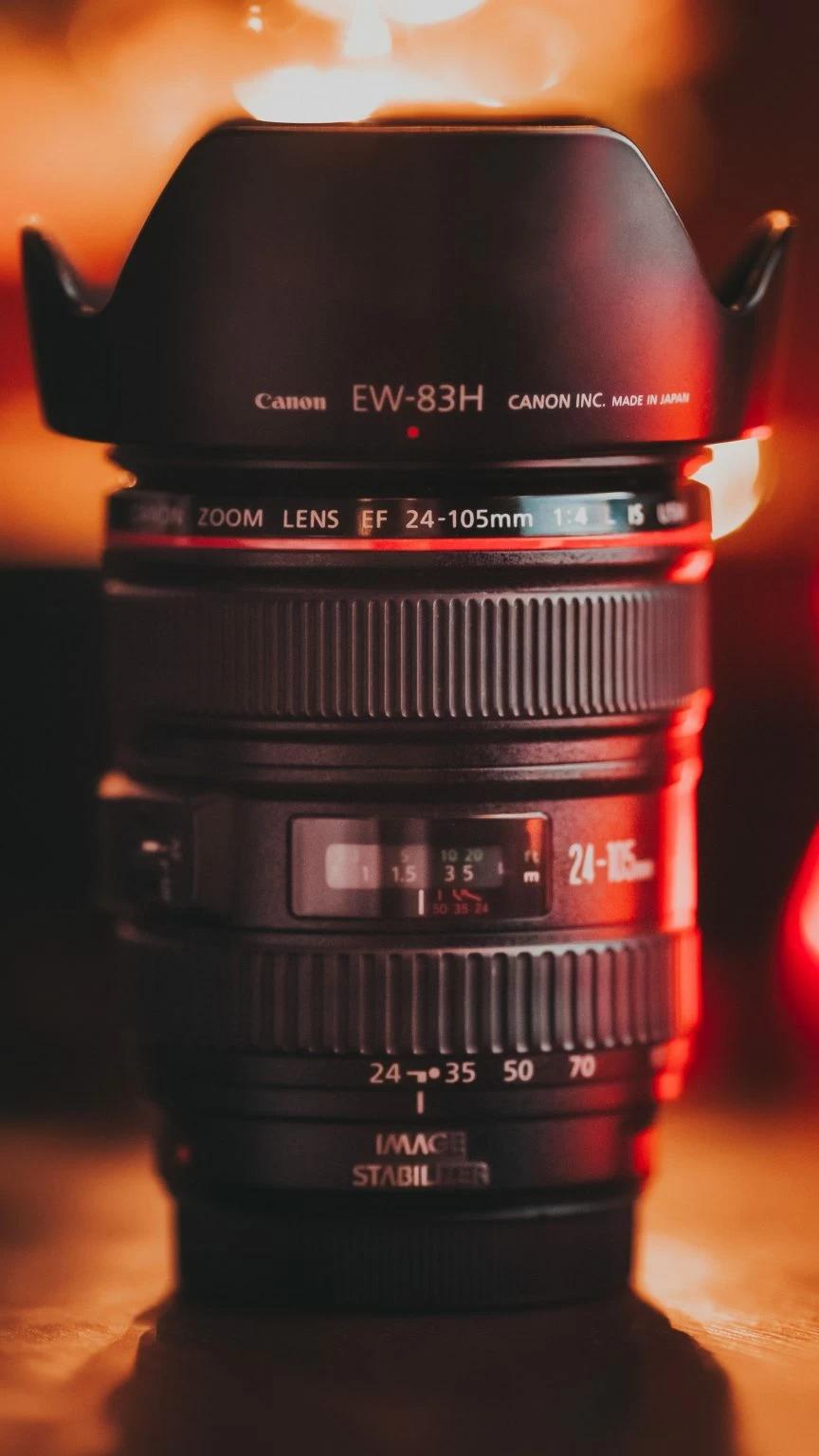 If you do go for a zoom, it’s best to jump in at the high end, and to choose a well-known brand. Photo by Matheus Bertelli.
If you do go for a zoom, it’s best to jump in at the high end, and to choose a well-known brand. Photo by Matheus Bertelli.
The purists will argue that because zoom lenses contain more elements, there’s more opportunity for distortion and a resulting drop in image quality, so you should always choose a fixed focal length if you want the best image quality. While there’s some truth to this, the top brands like Canon and Nikon do produce professional quality zoom lenses that are expensive but deliver stunning quality. It still might be cheaper to buy one high end zoom, compared to several high end fixed lenses.
There is certainly some rigour to working with a fixed lens. It’s a discipline that might make you think more about how you move around your subject and work your composition. If you want to crop closer, for example, the only way to do that with a fixed lens is to physically move towards your subject. That will get you more engaged with your subject.
At the end of the day, the choice between a zoom or fixed lens is partly stylistic, partly practical.
2. Which lens is right for me?
You need to choose a lens, or lenses, that correspond to the type of work you do.
If you’re into street or documentary photography, your choice will likely be driven by style. If you like to get close to your subjects you’ll probably want something relatively wide like a 28mm or a 35mm, which is a classic documentary lens. You might want a wide angle lens if you shoot interiors too. The wide angle will lend your images a spacious feel. But the wider the lens, the greater the risk of distortion. If you use a 20mm or 17/18mm lenses, you’ll start to notice some stretching that tend to look a bit unnatural.
For fashion and portraiture, the standard lenses are usually little longer, starting at a standard 50mm right up to the longer 200 and 300mm telephoto lenses. A classic portrait lens would be an 80mm – offering just enough of a telephoto feel to separate your subject from the background and crop in close. Portrait and fashion photographers tend to prefer lenses with wide apertures (read more about this in section 8 below).
It goes without saying that wildlife and nature photographers will need to invest in a hefty telephone lens, at least a 200mm, but the longer the better.
A word of warning however, the long lenses can be very expensive (and heavy to carry), especially when you go beyond 300mm.
3. Is it ok to buy second hand?
Not only is it ok to buy a lens second hand, it’s probably safer to buy lenses second hand than camera bodies. This is because if you’re not sure how many times a shutter has been actuated, you could end up buying a camera with a shutter that’s about to expire.
If you’re ok with manual focus, it’s also definitely ‘safer’ to buy a mechanical manual lens. The lack of a focusing motor means there is less technology to wear out and go wrong. Plus, some of those older, more traditional, lenses have beautiful optics.
Scratches on the casing of a lens don’t matter, but you’ll need to take a good look at the glass in any second hand lens you’re thinking of buying. For this reason, we wouldn’t recommend buying a second hand lens online. You need to look at the surface of the glass on a second hand lens and you should hold up the lens to a light source, so you can see any defects and detect the presence of any fungus.
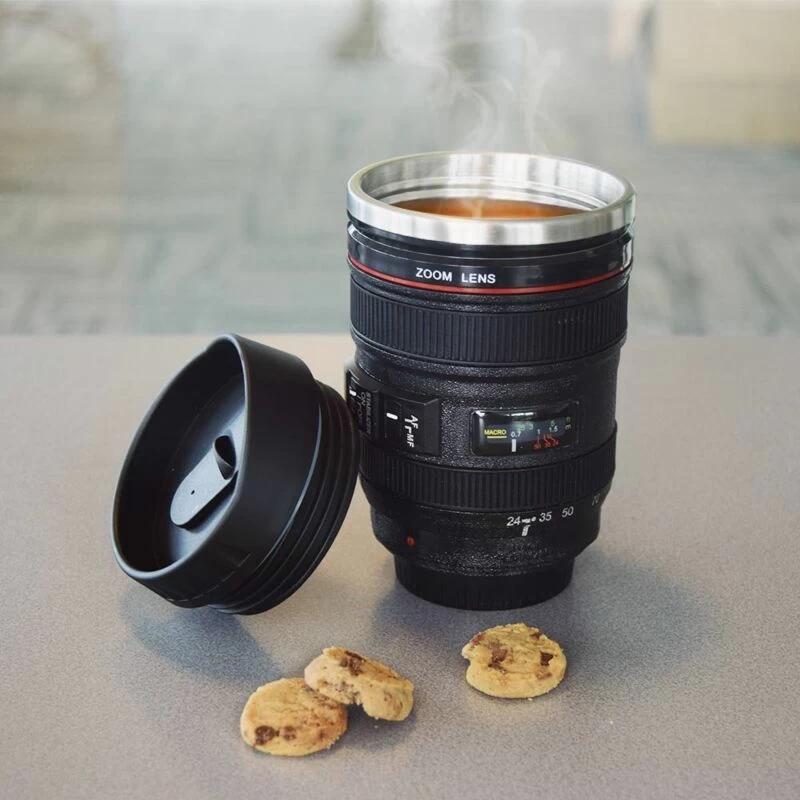 As always on the internet, double check what you’re buying to make sure nothings mixed up…
As always on the internet, double check what you’re buying to make sure nothings mixed up…
4. How much quality is enough?
The materials a lens is made from are essential to determining quality. A cheap lens is likely to have a plastic casing and plastic optical elements. If you’re looking for a cheaper deal, the best compromise you could make would be to opt for a plastic casing with high quality glass optics. Optical elements made from high quality plastic can produce excellent results but will not provide as much durability and clarity as glass.
If you want durability and quality, your best bet would be to go for a lens that has a solid metal casing and glass optics.
Most of the big brands are very clear about grading the quality of their lenses. They almost always have a pro series of lenses which, naturally, are going to be the most expensive and best lenses you can buy.
5. How many lenses do you really need?
It’s tempting to think you need a lens for every occasion. However, remember, the most important pieces of equipment for taking a great photo are your eyes and your photographic intuition.
Plus, the more lenses you buy, the more lenses you’ll have to carry. Photography is a physical art form; you’ll have to carry whatever you buy which can get tiring.
When you’re tired you won’t take your best pictures. Accumulating heavy gear can quickly become unmanageable.
My advice would be to think carefully about your style of photography and then invest in just one or two lenses. You can use those lenses to their limit and if you really find there’s a gap in your lens armory, you can purchase more.
Personally, I use just one high quality zoom lens (a Canon 24-70mm L series 2.8) for all my work – which means I’m only ever carrying just one lens.
6. Caring for your lenses?
Protection
First off, get yourself a good quality UV filter to protect against unnecessary scratches. Why? Because it’s so easy to damage an exposed lens. I would recommend you buy the filter at the same time as you buy your lens and put it on immediately.
While lens caps are an obvious necessity, they can easily get lost and you don’t want to have your lens cap on when you’re out and about looking for spontaneous images. Apart from reducing unwanted flare, a lens hood is great as a bumper for your lens. It will absorb knocks if you bump up against something and acts as an additional protection for the front of your lens.
Storage
For storage, a dehumidifier cabinet is an excellent idea. Mould and fungus are the enemy of lenses and grow quickly when there is humidity in the air. If you want to keep your lenses in pristine condition – which will also help maintain their resale value – then make sure they’re stored somewhere dry.
Cleaning
When it comes to cleaning your lens, the safest option is probably a fine-haired puffer brush. If you don’t have a really high quality cleaning cloth, it’s best to avoid wiping the actual surface of your lens. There’s always a risk that the texture of the cloth or a minute particle of dust could cause a scratch, ruining your lens forever (if you’re cleaning the lens and not the UV filter that should be in front of it).
7. Does brand matter?
You pay for what you get is particularly true when it comes to choosing a lens. If you opt for one of the more expensive brands, like Leica or Zeiss, you are definitely going to get your money’s worth in terms of quality.
As I’ve explained above, if you want a quality lens, you should be sure it’s made from solid materials – the lens should be glass and the casing metal.
Leica is the acknowledged king of the lens, but it’s certainly not the only show in town and depending what camera you use, you’ll find yourself limited in terms of choice. Most brands have a range of quality levels. While pro quality lenses are always going to be better, you’d be wise to do your research as each lens model has its own quirks.
If you’re looking for a generic lens brand, you’d also do well to consider Tamron and Sigma. Both are excellent brands that offer professional quality lenses that can be used with the big brand name bodies like Nikon, Canon and Sony. It’s worth noting that their prices are often more attractive too…
8. Do I need that big aperture?
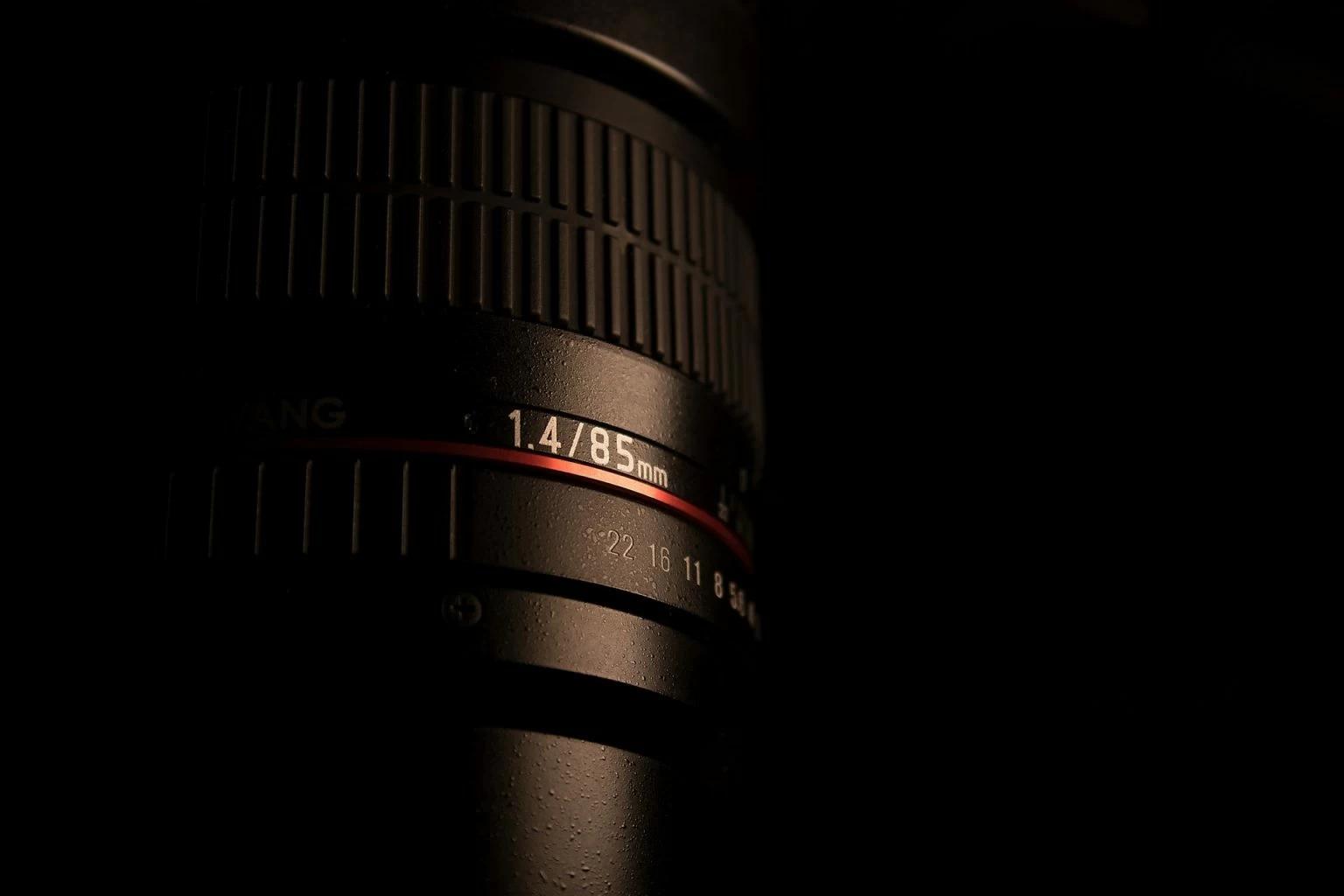 An 85mm 1.4 is great for portraiture and will give great bokeh
An 85mm 1.4 is great for portraiture and will give great bokeh
When you start exploring the world of lenses, you’ll often find your photographer friends drooling over lenses that offer large apertures – which means anything from 2.8 and wider (F 1.4, F.1.2 and even F 1.0).
You’ll hear plenty of talk about bokeh too, a cinematic-looking blur effect that occurs in the background of the object or person you have focused on. Lens reviewers love to talk about how good the ‘bokeh’ of a lens is.
While ‘bokeh’ can enhance a portrait for example, bokeh does not make a great photo automatically.
I mention ‘bokeh’ because you’ll often hear it discussed in relation to wide aperture lenses. The wider the aperture, the narrower the depth of field (or focus) and the more of that delicious blurry background (bokeh) you’ll get.
In the days of film, big aperture lens provided more latitude for photographers to work in low light, where the larger aperture allowed more light to expose the film. These days however, with digital cameras able to shoot at 6400 ASA and higher, the need for those light hungry – and generally very expensive – wide aperture lenses is not so great.
9. Image stabilization – when does it matter?
Image stabilization is a feature that has been added to lenses for a couple of decades but has probably only been widely available for 15 or so years.
Lens companies call it by different names. To Canon it’s image stabilization (IS), to Nikon vibration reduction (VR) while Sigma refers to it as optical stabilization (OS). Whatever the name, it refers to technology that counters the dreaded, blur inducing, effects of camera shake.
The beauty of lens stabilization is that it makes those expensive large aperture lenses even less necessary because stabilization systems counter camera shake when you’re at low shutter speeds. This in turn tends to be useful for shooting in low light or when the risk of camera shake is increased using a telephoto lens.
To be honest, if you had to choose (image stabilized lenses are going to be more expensive than normal lenses), you’d be better off investing in image stabilization for a telephoto lens. Camera shake is much less likely to be an issue with a shorter wide-angle lens.
10. Must-have accessories?
If you’re travelling with your lenses, I’d recommend getting yourself a lens wrap, these are nothing fancy but provide an easy way to bundle up your valuable lens with something protective (they’re made some soft material or neoprene), protecting it from scratches and unwanted liquids (when in, or out of your bag). They usually come with convenient Velcro touch fasteners too.
Since your UV filter is the most vital protection for the front elements of your lens, I would recommend carrying a spare. If it gets cracked or scratched you should be able to replace it. The relatively low cost of keeping an extra filter in your bag far outweighs risk of damaging your lens if it’s used without a filter.
Last but not least, a good puffer brush is always good have in your bag. They’re great for removing any superficial dust on the front of your lens (or filter) without the need to touch or apply pressure to any optics.
Written by Yvan Cohen | Yvan has been a photojournalist for over 30 years. He’s a co-founder of LightRocket and continues to shoot photo and video projects around South East Asia.
To read more helpful articles on photography, check out our blog page.
Join our growing photographer community at LightRocket and get powerful archive management and website building tools for free!
